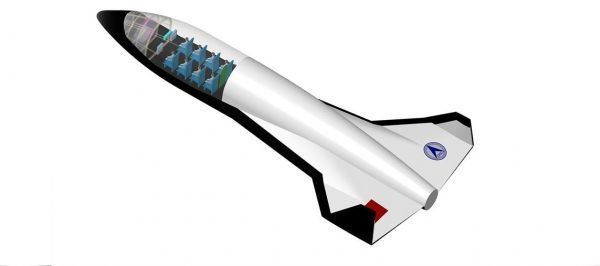There has been a lot of talk recently about reusable rockets and asteroid mining making space travel cheaper, but a proposed idea for a maglev train into space might be the real answer.
Using existing maglev technology, the Startram project proposes to launch people and cargo down a 1,000-mile long tunnel 12 miles high at 20,000 mph using a superconducting cable.
The idea sounds far fetched, but it’s being pitched by some really smart people. Dr. James Powell co-invented superconducting maglev trains and Dr. George Maise is an aerospace engineer; they believe the train into space is the answer that could make interplanetary travel possible.






